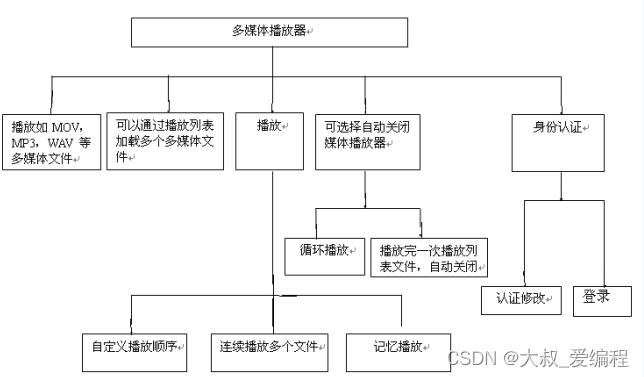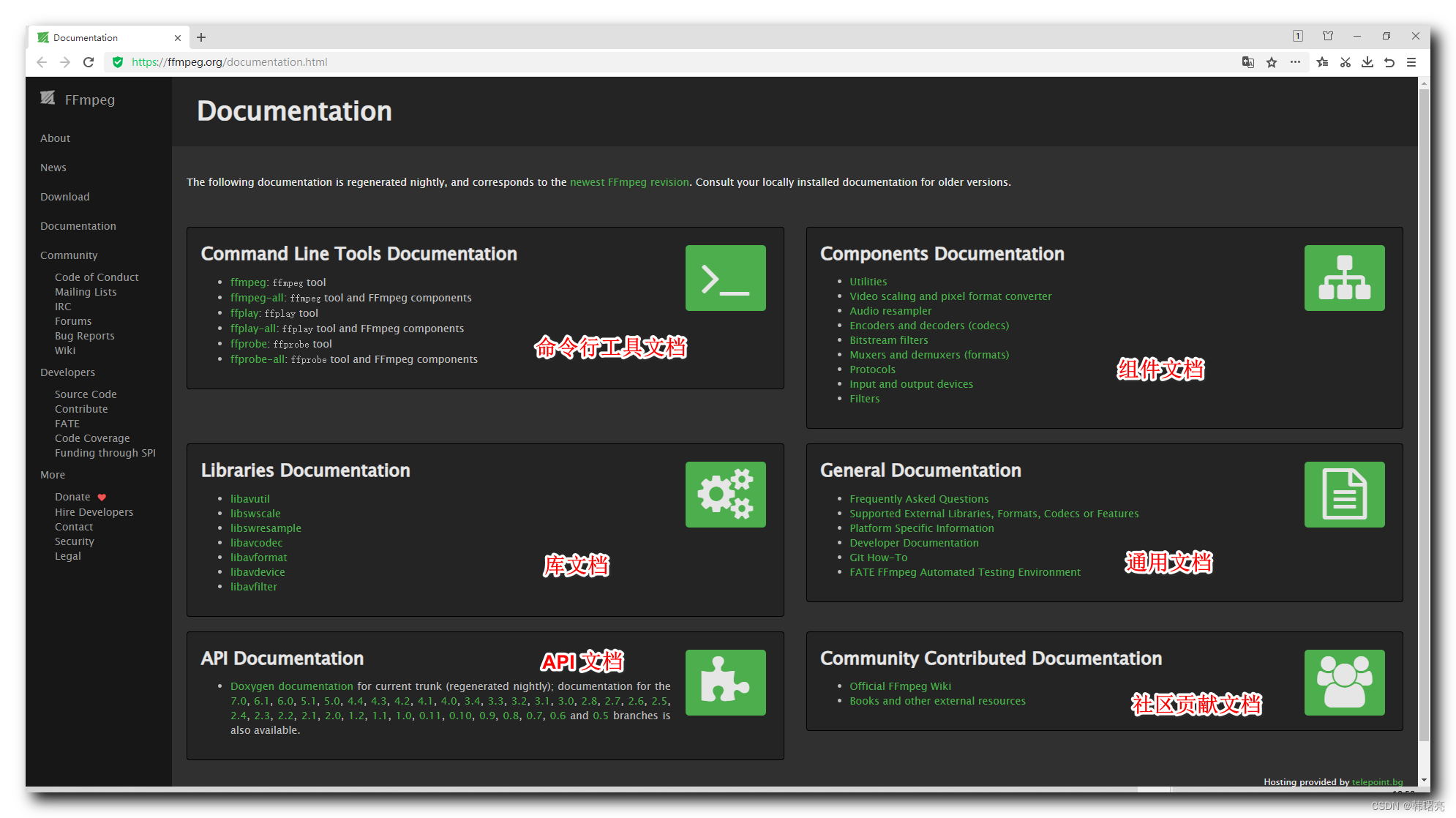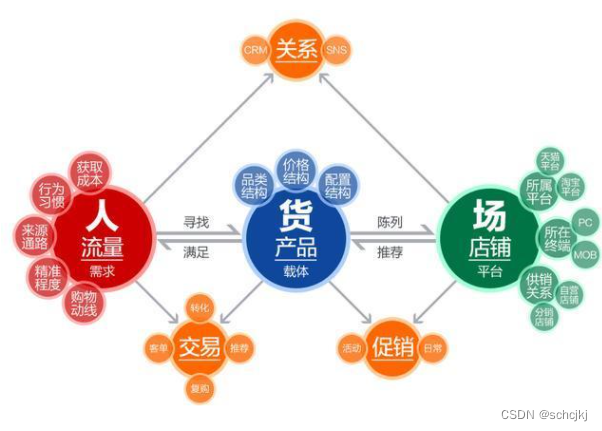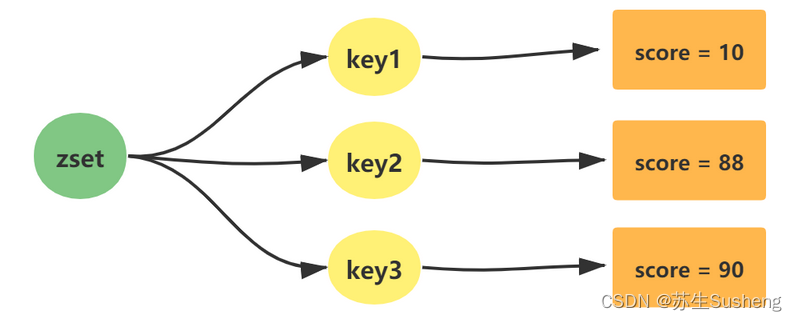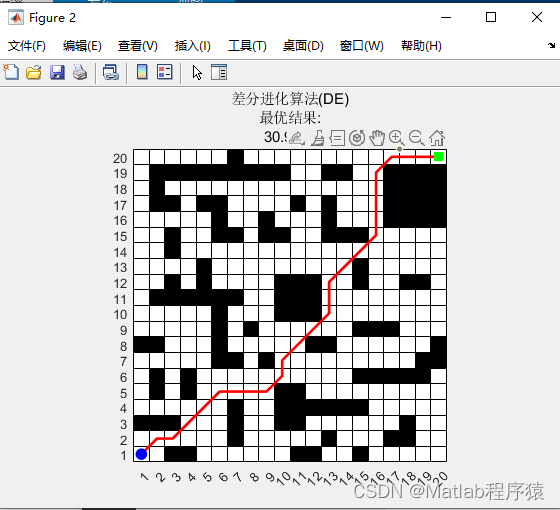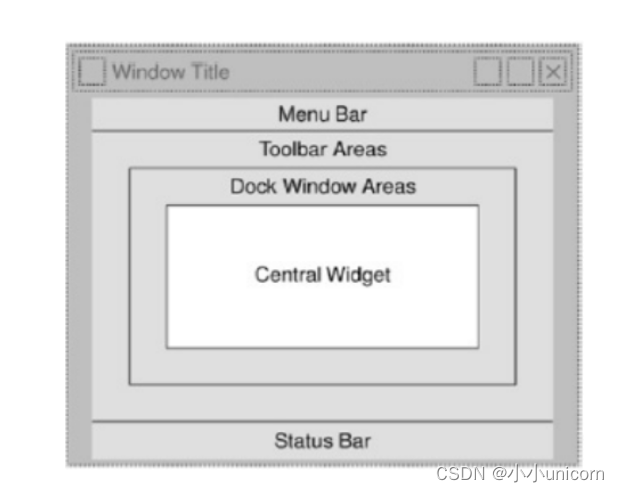目录
2.7 @NoArgsConstructor, @RequiredArgsConstructor and @AllArgsConstructor
1 Lombok背景介绍
官方介绍如下:
Project Lombok makes java a spicier language by adding 'handlers' that know how to build and compile simple, boilerplate-free, not-quite-java code.
大致意思是Lombok通过增加一些“处理程序”,可以让java变得简洁、快速。
2 Lombok使用方法
Lombok能以简单的注解形式来简化java代码,提高开发人员的开发效率。例如开发中经常需要写的javabean,都需要花时间去添加相应的getter/setter,也许还要去写构造器、equals等方法,而且需要维护,当属性多时会出现大量的getter/setter方法,这些显得很冗长也没有太多技术含量,一旦修改属性,就容易出现忘记修改对应方法的失误。
Lombok能通过注解的方式,在编译时自动为属性生成构造器、getter/setter、equals、hashcode、toString方法。出现的神奇就是在源码中没有getter和setter方法,但是在编译生成的字节码文件中有getter和setter方法。这样就省去了手动重建这些代码的麻烦,使代码看起来更简洁些。
Lombok的使用跟引用jar包一样,可以在官网(Download)下载jar包,也可以使用maven添加依赖:
<dependency>
<groupId>org.projectlombok</groupId>
<artifactId>lombok</artifactId>
<version>1.16.20</version>
<scope>provided</scope>
</dependency>
接下来我们来分析Lombok中注解的具体用法。
2.1 @Data
@Data注解在类上,会为类的所有属性自动生成setter/getter、equals、canEqual、hashCode、toString方法,如为final属性,则不会为该属性生成setter方法。
官方实例如下:
import lombok.AccessLevel;
import lombok.Setter;
import lombok.Data;
import lombok.ToString;
@Data
public class DataExample {
private final String name;
@Setter(AccessLevel.PACKAGE) private int age;
private double score;
private String[] tags;
@ToString(includeFieldNames=true)
@Data(staticConstructor="of")
public static class Exercise<T> {
private final String name;
private final T value;
}
}
如不使用Lombok,则实现如下:
import java.util.Arrays;
public class DataExample {
private final String name;
private int age;
private double score;
private String[] tags;
public DataExample(String name) {
this.name = name;
}
public String getName() {
return this.name;
}
void setAge(int age) {
this.age = age;
}
public int getAge() {
return this.age;
}
public void setScore(double score) {
this.score = score;
}
public double getScore() {
return this.score;
}
public String[] getTags() {
return this.tags;
}
public void setTags(String[] tags) {
this.tags = tags;
}
@Override public String toString() {
return "DataExample(" + this.getName() + ", " + this.getAge() + ", " + this.getScore() + ", " + Arrays.deepToString(this.getTags()) + ")";
}
protected boolean canEqual(Object other) {
return other instanceof DataExample;
}
@Override public boolean equals(Object o) {
if (o == this) return true;
if (!(o instanceof DataExample)) return false;
DataExample other = (DataExample) o;
if (!other.canEqual((Object)this)) return false;
if (this.getName() == null ? other.getName() != null : !this.getName().equals(other.getName())) return false;
if (this.getAge() != other.getAge()) return false;
if (Double.compare(this.getScore(), other.getScore()) != 0) return false;
if (!Arrays.deepEquals(this.getTags(), other.getTags())) return false;
return true;
}
@Override public int hashCode() {
final int PRIME = 59;
int result = 1;
final long temp1 = Double.doubleToLongBits(this.getScore());
result = (result*PRIME) + (this.getName() == null ? 43 : this.getName().hashCode());
result = (result*PRIME) + this.getAge();
result = (result*PRIME) + (int)(temp1 ^ (temp1 >>> 32));
result = (result*PRIME) + Arrays.deepHashCode(this.getTags());
return result;
}
public static class Exercise<T> {
private final String name;
private final T value;
private Exercise(String name, T value) {
this.name = name;
this.value = value;
}
public static <T> Exercise<T> of(String name, T value) {
return new Exercise<T>(name, value);
}
public String getName() {
return this.name;
}
public T getValue() {
return this.value;
}
@Override public String toString() {
return "Exercise(name=" + this.getName() + ", value=" + this.getValue() + ")";
}
protected boolean canEqual(Object other) {
return other instanceof Exercise;
}
@Override public boolean equals(Object o) {
if (o == this) return true;
if (!(o instanceof Exercise)) return false;
Exercise<?> other = (Exercise<?>) o;
if (!other.canEqual((Object)this)) return false;
if (this.getName() == null ? other.getValue() != null : !this.getName().equals(other.getName())) return false;
if (this.getValue() == null ? other.getValue() != null : !this.getValue().equals(other.getValue())) return false;
return true;
}
@Override public int hashCode() {
final int PRIME = 59;
int result = 1;
result = (result*PRIME) + (this.getName() == null ? 43 : this.getName().hashCode());
result = (result*PRIME) + (this.getValue() == null ? 43 : this.getValue().hashCode());
return result;
}
}
}
2.2 @Getter/@Setter
如果觉得@Data太过残暴(因为@Data集合了@ToString、@EqualsAndHashCode、@Getter/@Setter、@RequiredArgsConstructor的所有特性)不够精细,可以使用@Getter/@Setter注解,此注解在属性上,可以为相应的属性自动生成Getter/Setter方法,示例如下:
import lombok.AccessLevel;import lombok.Getter;import lombok.Setter;
public class GetterSetterExample {
@Getter @Setter
private int age = 10;
@Setter(AccessLevel.PROTECTED)
private String name;
@Override public String toString() {
return String.format("%s (age: %d)", name, age);
}
}
如果不使用Lombok:
public class GetterSetterExample {
private int age = 10;
private String name;
@Override public String toString() {
return String.format("%s (age: %d)", name, age);
}
public int getAge() {
return age;
}
public void setAge(int age) {
this.age = age;
}
protected void setName(String name) {
this.name = name;
}
}
2.3 @NonNull
` 该注解用在属性或构造器上,Lombok会生成一个非空的声明,可用于校验参数,能帮助避免空指针。
示例如下:
import lombok.NonNull;
public class NonNullExample extends Something {
private String name;
public NonNullExample(@NonNull Person person) {
super("Hello");
this.name = person.getName();
}
}
不使用Lombok:
import lombok.NonNull;
public class NonNullExample extends Something {
private String name;
public NonNullExample(@NonNull Person person) {
super("Hello");
if (person == null) {
throw new NullPointerException("person");
}
this.name = person.getName();
}
}
2.4 @Cleanup
该注解能帮助我们自动调用close()方法,很大的简化了代码。
示例如下:
import lombok.Cleanup;import java.io.*;
public class CleanupExample {
public static void main(String[] args) throws IOException {
@Cleanup InputStream in = new FileInputStream(args[0]);
@Cleanup OutputStream out = new FileOutputStream(args[1]);
byte[] b = new byte[10000];
while (true) {
int r = in.read(b);
if (r == -1) break;
out.write(b, 0, r);
}
}
}
如不使用Lombok,则需如下:
import java.io.*;
public class CleanupExample {
public static void main(String[] args) throws IOException {
InputStream in = new FileInputStream(args[0]);
try {
OutputStream out = new FileOutputStream(args[1]);
try {
byte[] b = new byte[10000];
while (true) {
int r = in.read(b);
if (r == -1) break;
out.write(b, 0, r);
}
} finally {
if (out != null) {
out.close();
}
}
} finally {
if (in != null) {
in.close();
}
}
}
}
2.5 @EqualsAndHashCode
默认情况下,会使用所有非静态(non-static)和非瞬态(non-transient)属性来生成equals和hasCode,也能通过exclude注解来排除一些属性。
示例如下:
import lombok.EqualsAndHashCode;
@EqualsAndHashCode(exclude={"id", "shape"})
public class EqualsAndHashCodeExample {
private transient int transientVar = 10;
private String name;
private double score;
private Shape shape = new Square(5, 10);
private String[] tags;
private int id;
public String getName() {
return this.name;
}
@EqualsAndHashCode(callSuper=true)
public static class Square extends Shape {
private final int width, height;
public Square(int width, int height) {
this.width = width;
this.height = height;
}
}
}
2.6 @ToString
类使用@ToString注解,Lombok会生成一个toString()方法,默认情况下,会输出类名、所有属性(会按照属性定义顺序),用逗号来分割。
通过将includeFieldNames参数设为true,就能明确的输出toString()属性。这一点是不是有点绕口,通过代码来看会更清晰些。
使用Lombok的示例:
import lombok.ToString;
@ToString(exclude="id")
public class ToStringExample {
private static final int STATIC_VAR = 10;
private String name;
private Shape shape = new Square(5, 10);
private String[] tags;
private int id;
public String getName() {
return this.getName();
}
@ToString(callSuper=true, includeFieldNames=true)
public static class Square extends Shape {
private final int width, height;
public Square(int width, int height) {
this.width = width;
this.height = height;
}
}
}
不使用Lombok的示例如下:
import java.util.Arrays;
public class ToStringExample {
private static final int STATIC_VAR = 10;
private String name;
private Shape shape = new Square(5, 10);
private String[] tags;
private int id;
public String getName() {
return this.getName();
}
public static class Square extends Shape {
private final int width, height;
public Square(int width, int height) {
this.width = width;
this.height = height;
}
@Override public String toString() {
return "Square(super=" + super.toString() + ", width=" + this.width + ", height=" + this.height + ")";
}
}
@Override public String toString() {
return "ToStringExample(" + this.getName() + ", " + this.shape + ", " + Arrays.deepToString(this.tags) + ")";
}
}
2.7 @NoArgsConstructor, @RequiredArgsConstructor and @AllArgsConstructor
无参构造器、部分参数构造器、全参构造器。Lombok没法实现多种参数构造器的重载。
Lombok示例代码如下:
import lombok.AccessLevel;
import lombok.RequiredArgsConstructor;
import lombok.AllArgsConstructor;
mport lombok.NonNull;
@RequiredArgsConstructor(staticName = "of")
@AllArgsConstructor(access = AccessLevel.PROTECTED)public class ConstructorExample<T> {
private int x, y;
@NonNull private T description;
@NoArgsConstructor
public static class NoArgsExample {
@NonNull private String field;
}
}
不使用Lombok的示例如下:
public class ConstructorExample<T> {
private int x, y;
@NonNull private T description;
private ConstructorExample(T description) {
if (description == null) throw new NullPointerException("description");
this.description = description;
}
public static <T> ConstructorExample<T> of(T description) {
return new ConstructorExample<T>(description);
}
@java.beans.ConstructorProperties({"x", "y", "description"})
protected ConstructorExample(int x, int y, T description) {
if (description == null) throw new NullPointerException("description");
this.x = x;
this.y = y;
this.description = description;
}
public static class NoArgsExample {
@NonNull private String field;
public NoArgsExample() {
}
}
}
3 Lombok工作原理分析
会发现在Lombok使用的过程中,只需要添加相应的注解,无需再为此写任何代码。自动生成的代码到底是如何产生的呢?
核心之处就是对于注解的解析上。JDK5引入了注解的同时,也提供了两种解析方式。
- 运行时解析
运行时能够解析的注解,必须将@Retention设置为RUNTIME,这样就可以通过反射拿到该注解。java.lang,reflect反射包中提供了一个接口AnnotatedElement,该接口定义了获取注解信息的几个方法,Class、Constructor、Field、Method、Package等都实现了该接口,对反射熟悉的朋友应该都会很熟悉这种解析方式。
- 编译时解析
编译时解析有两种机制,分别简单描述下:
1)Annotation Processing Tool
apt自JDK5产生,JDK7已标记为过期,不推荐使用,JDK8中已彻底删除,自JDK6开始,可以使用Pluggable Annotation Processing API来替换它,apt被替换主要有2点原因:
- api都在com.sun.mirror非标准包下
- 没有集成到javac中,需要额外运行
2)Pluggable Annotation Processing API
JSR 269 JSR 269自JDK6加入,作为apt的替代方案,它解决了apt的两个问题,javac在执行的时候会调用实现了该API的程序,这样我们就可以对编译器做一些增强,这时javac执行的过程如下:

Lombok本质上就是一个实现了“JSR 269 API”的程序。在使用javac的过程中,它产生作用的具体流程如下:
- javac对源代码进行分析,生成了一棵抽象语法树(AST)
- 运行过程中调用实现了“JSR 269 API”的Lombok程序
- 此时Lombok就对第一步骤得到的AST进行处理,找到@Data注解所在类对应的语法树(AST),然后修改该语法树(AST),增加getter和setter方法定义的相应树节点
- javac使用修改后的抽象语法树(AST)生成字节码文件,即给class增加新的节点(代码块)
拜读了Lombok源码,对应注解的实现都在HandleXXX中,比如@Getter注解的实现时HandleGetter.handle()。还有一些其它类库使用这种方式实现,比如Google Auto、Dagger等等。
4. Lombok的优缺点
优点:
- 能通过注解的形式自动生成构造器、getter/setter、equals、hashcode、toString等方法,提高了一定的开发效率
- 让代码变得简洁,不用过多的去关注相应的方法
- 属性做修改时,也简化了维护为这些属性所生成的getter/setter方法等
缺点:
- 不支持多种参数构造器的重载
- 虽然省去了手动创建getter/setter方法的麻烦,但大大降低了源代码的可读性和完整性,降低了阅读源代码的舒适度
5. 总结
Lombok虽然有很多优点,但Lombok更类似于一种IDE插件,项目也需要依赖相应的jar包。Lombok依赖jar包是因为编译时要用它的注解,为什么说它又类似插件?因为在使用时,eclipse或IntelliJ IDEA都需要安装相应的插件,在编译器编译时通过操作AST(抽象语法树)改变字节码生成,变向的就是说它在改变java语法。它不像spring的依赖注入或者mybatis的ORM一样是运行时的特性,而是编译时的特性。这里我个人最感觉不爽的地方就是对插件的依赖!因为Lombok只是省去了一些人工生成代码的麻烦,但IDE都有快捷键来协助生成getter/setter等方法,也非常方便。


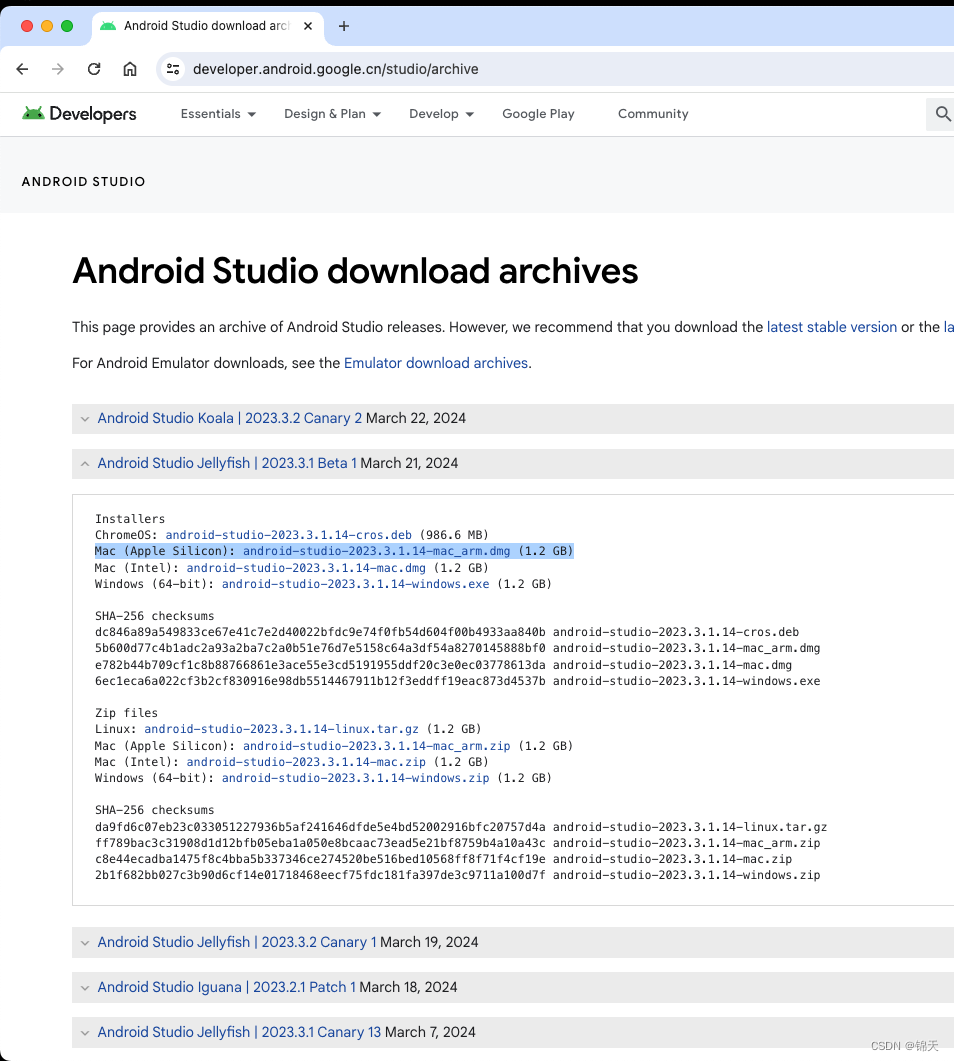


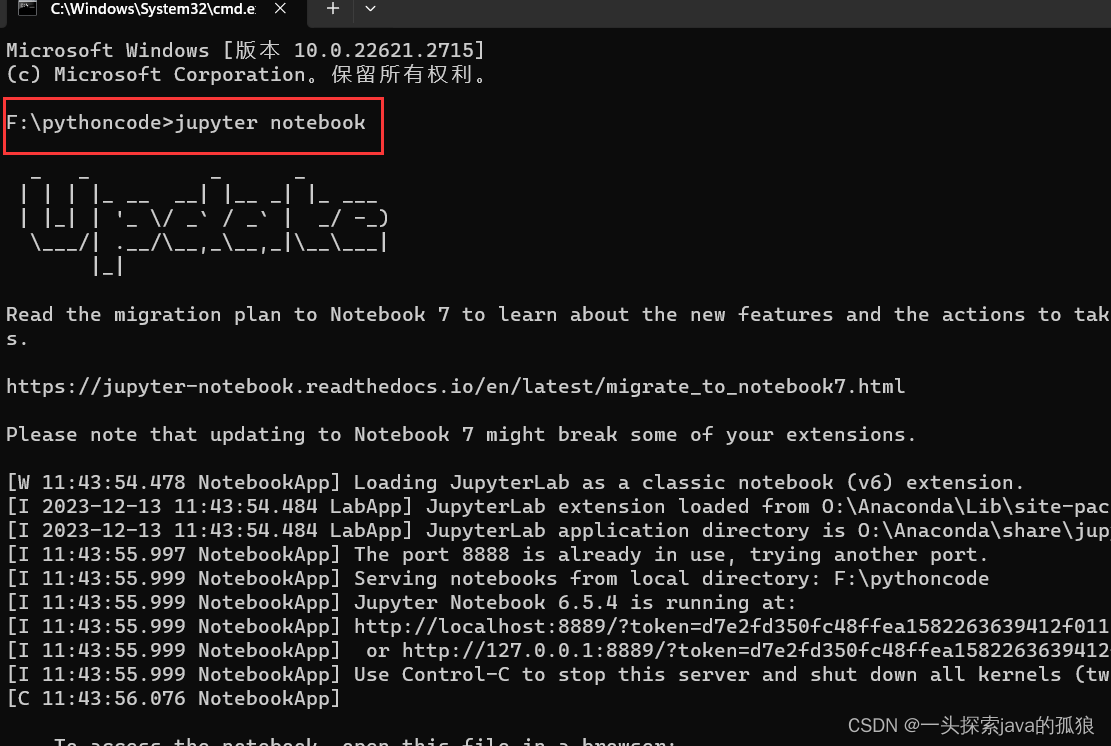
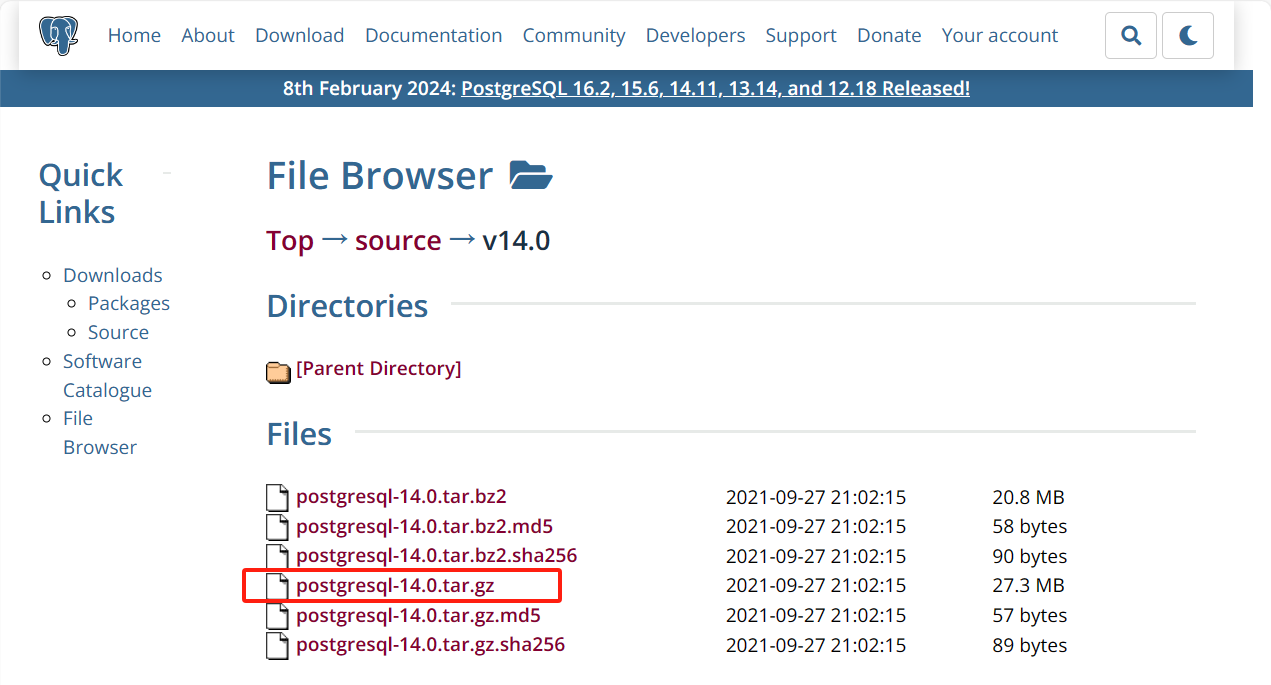

















![BUU-[GXYCTF2019]Ping Ping Ping](https://img-blog.csdnimg.cn/direct/3be30313d4c9452aa76f5c48ffbd9819.png)




